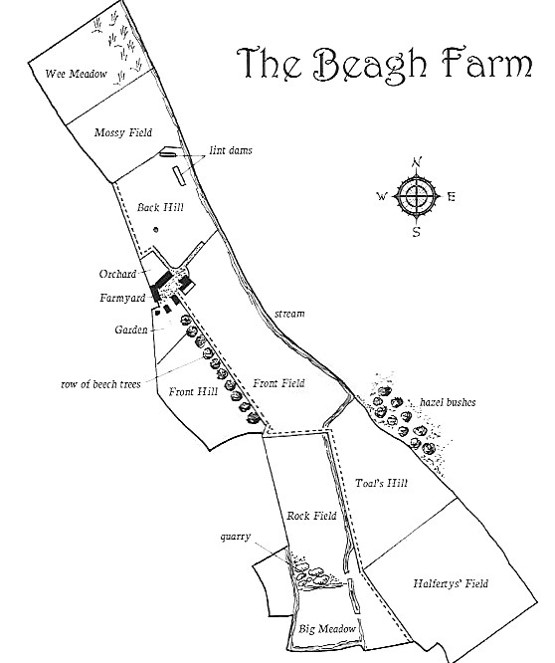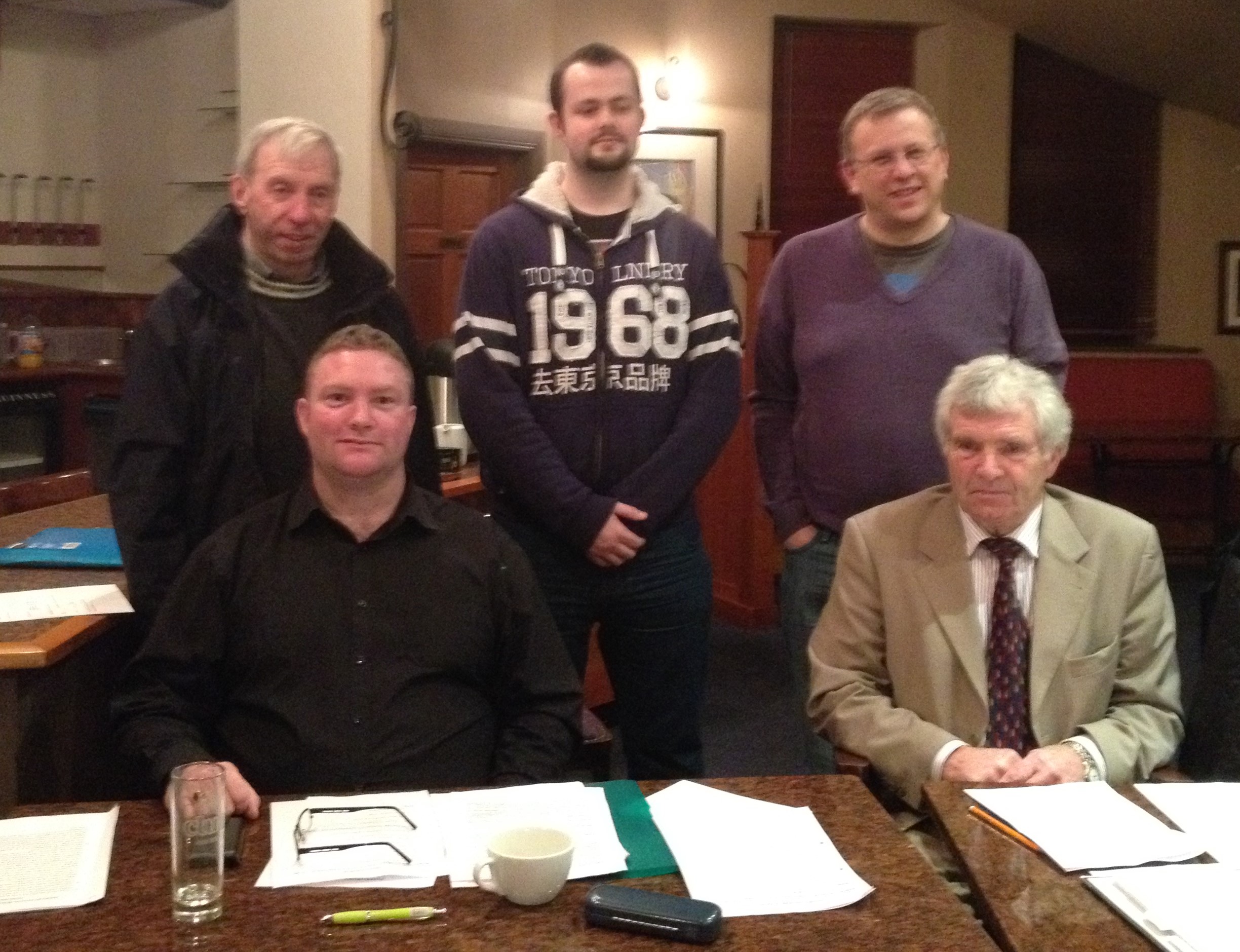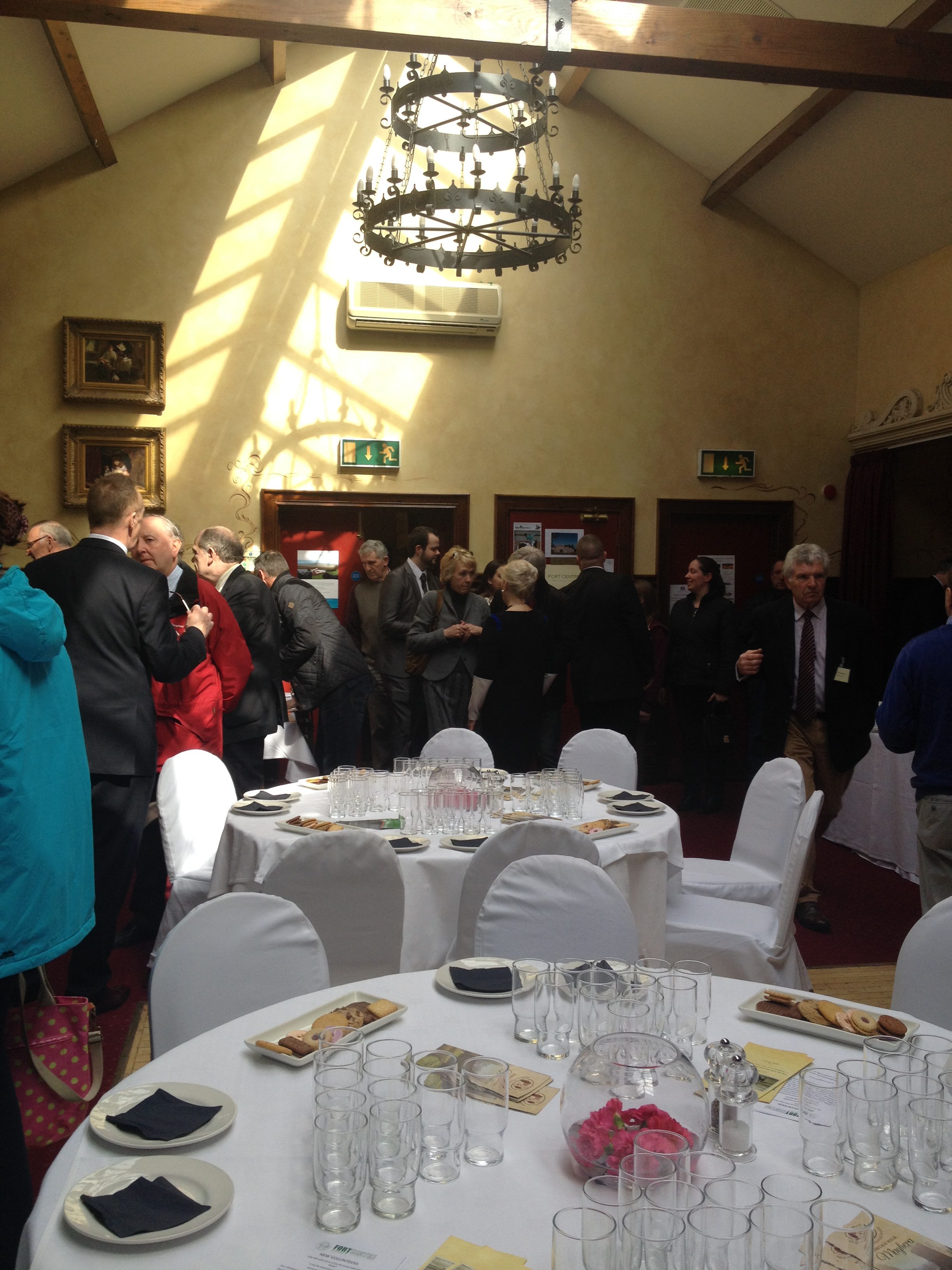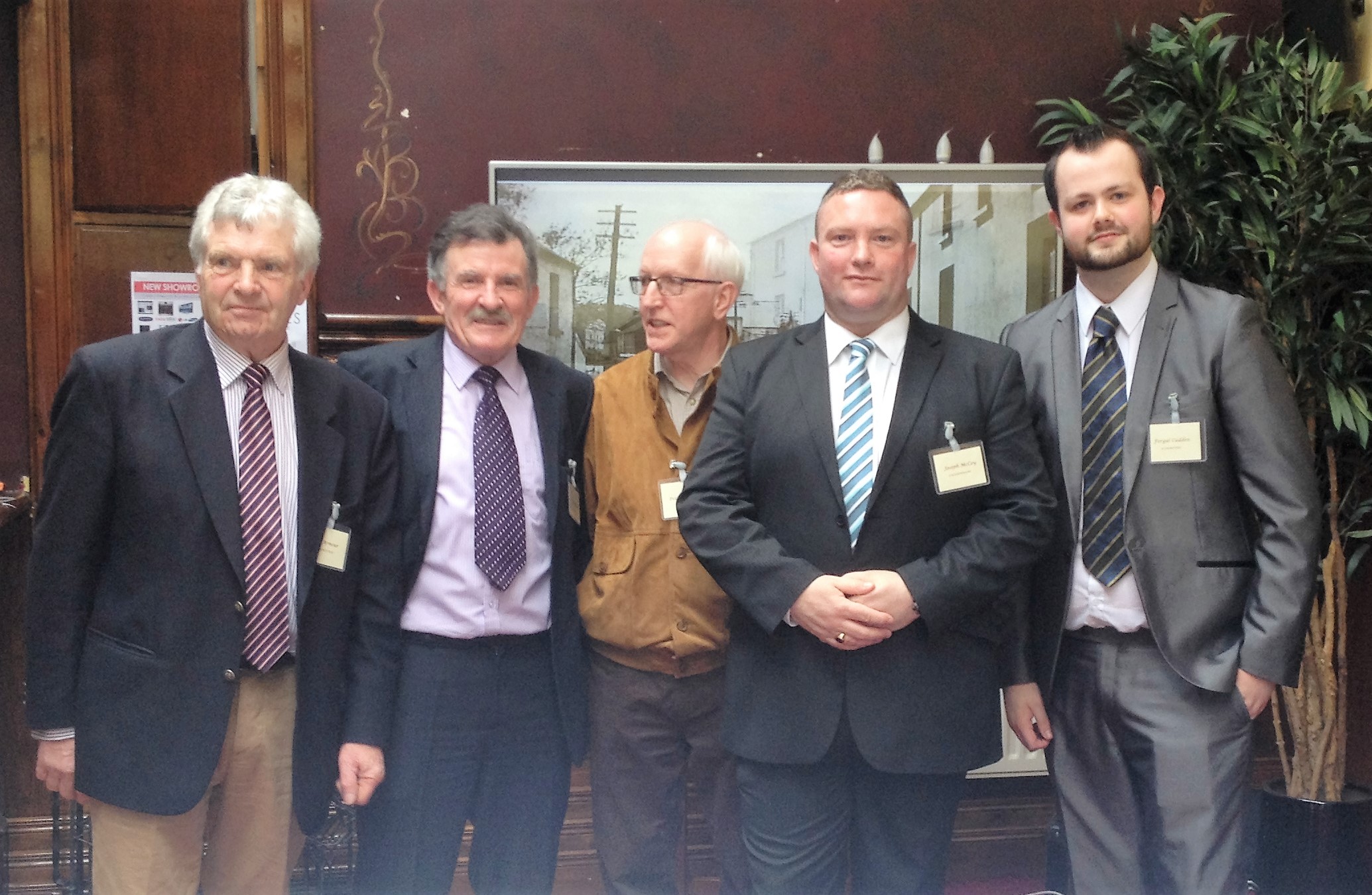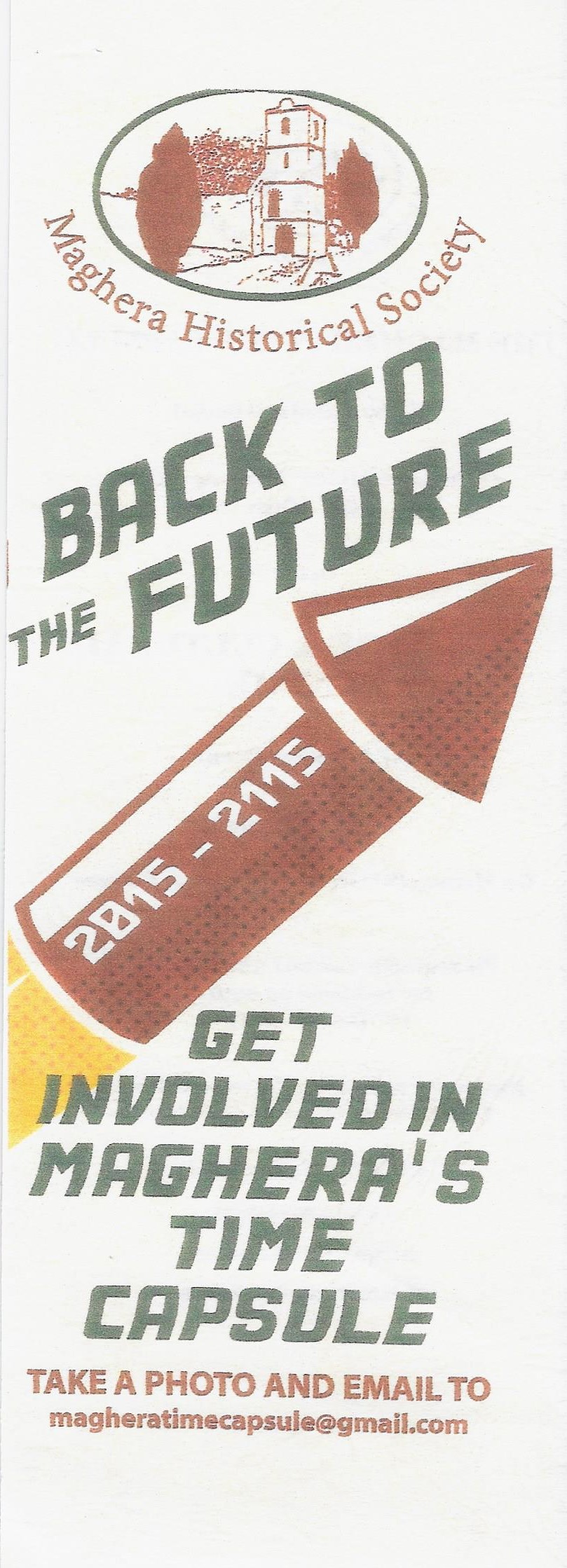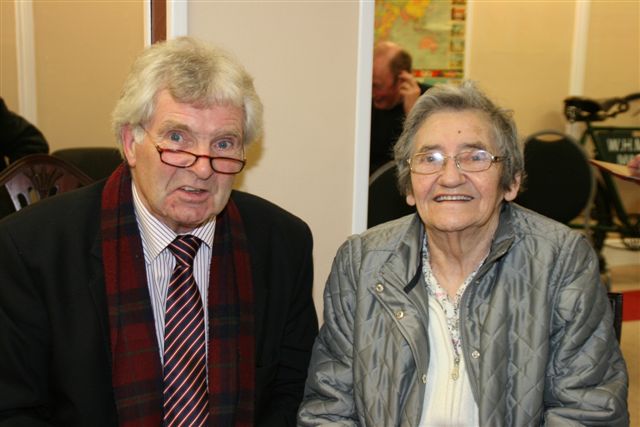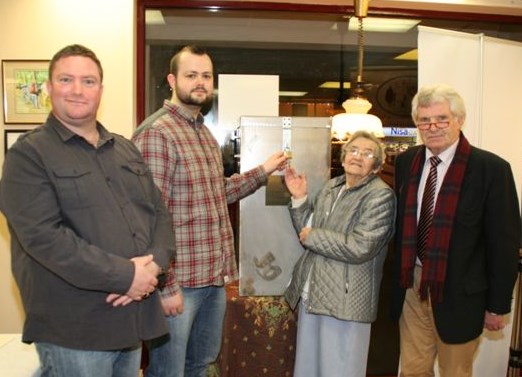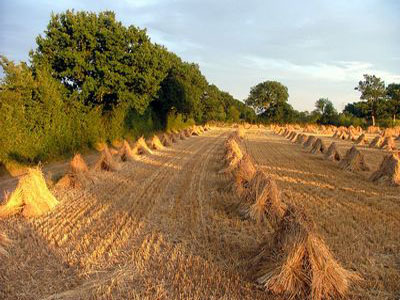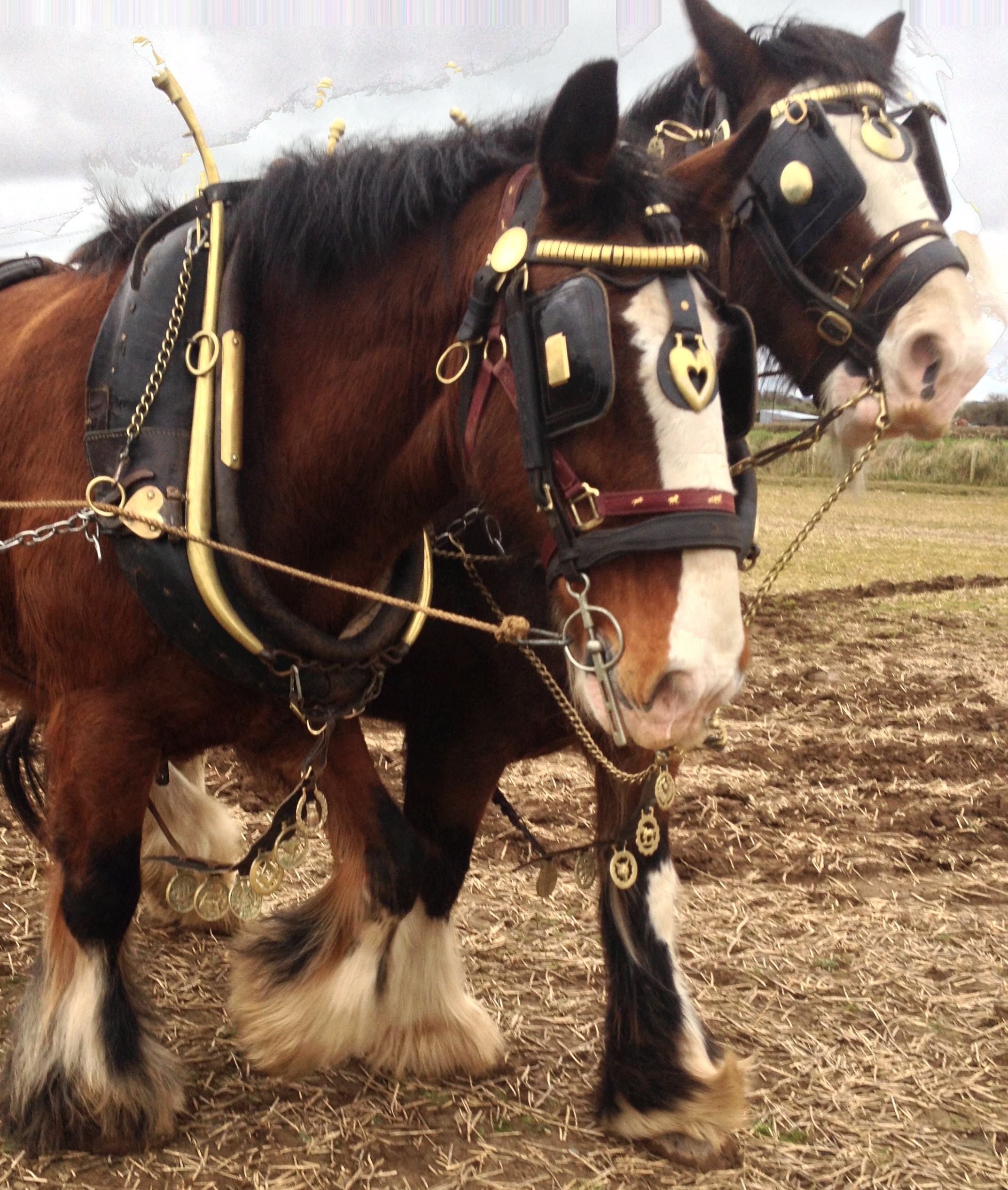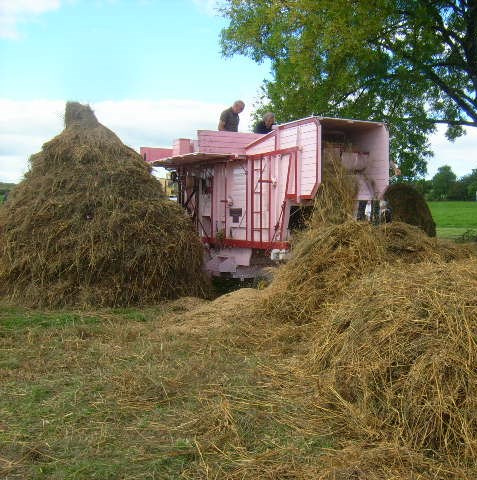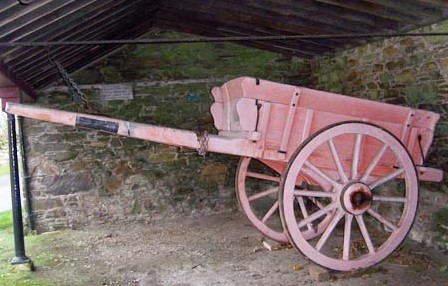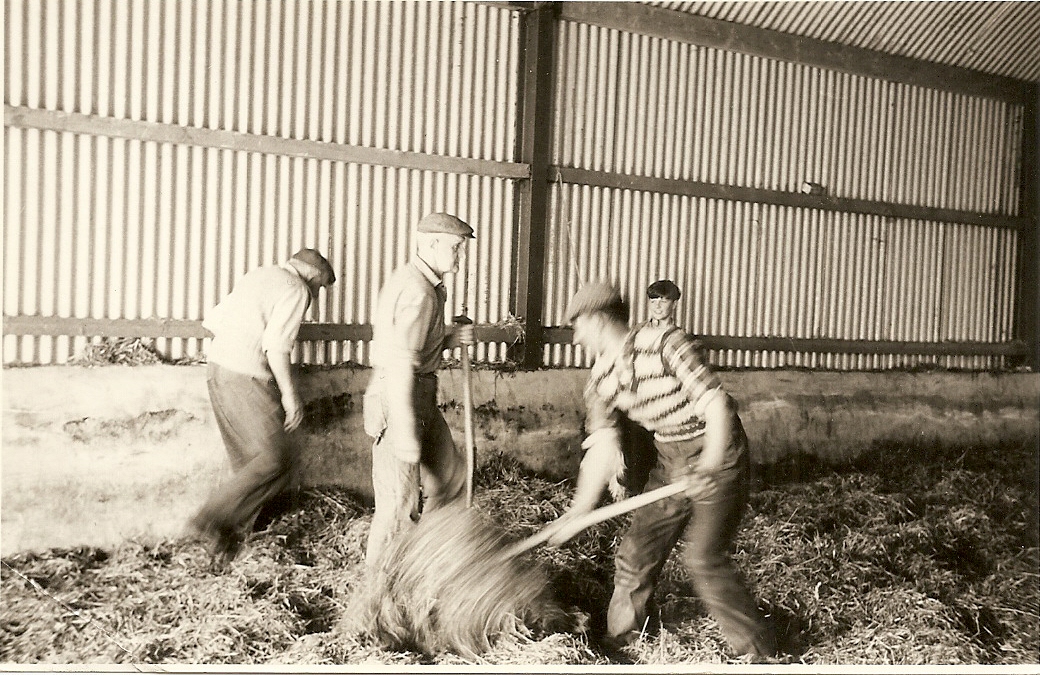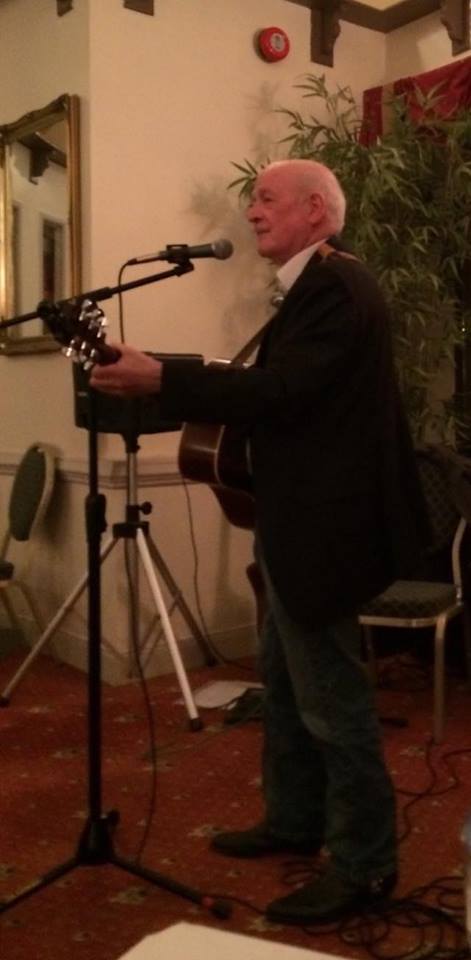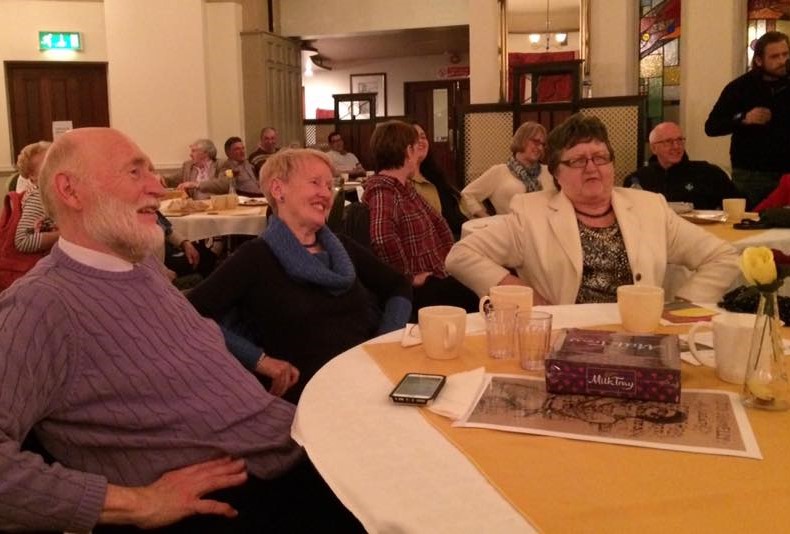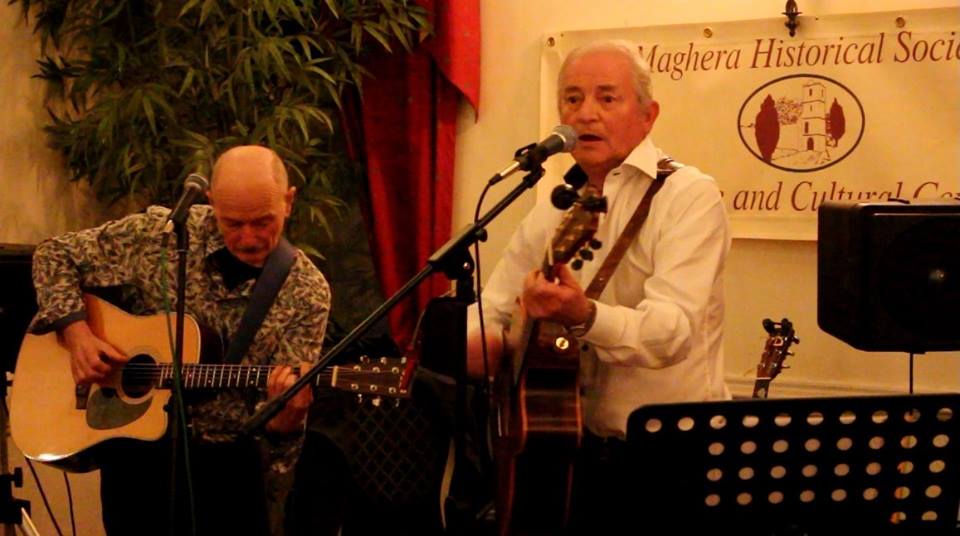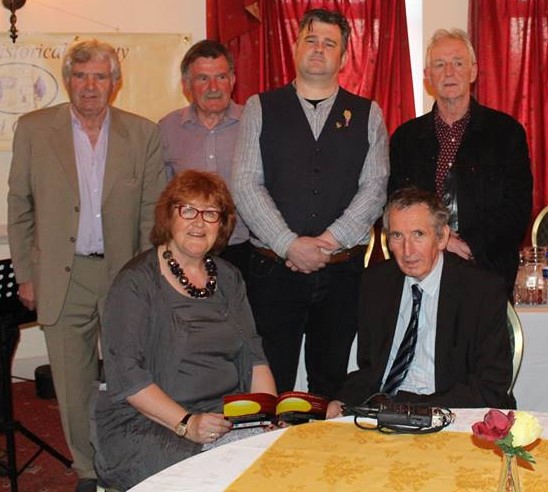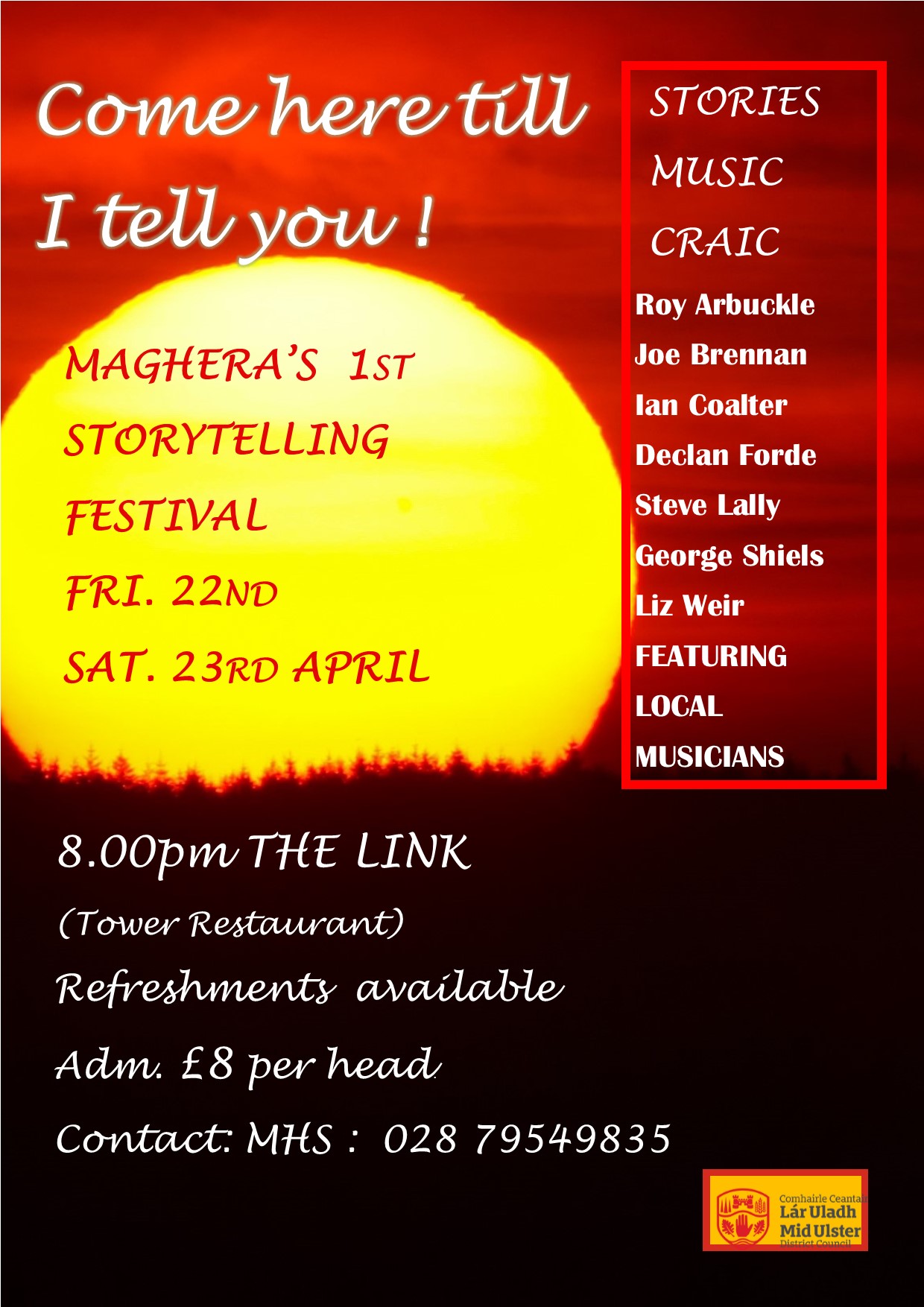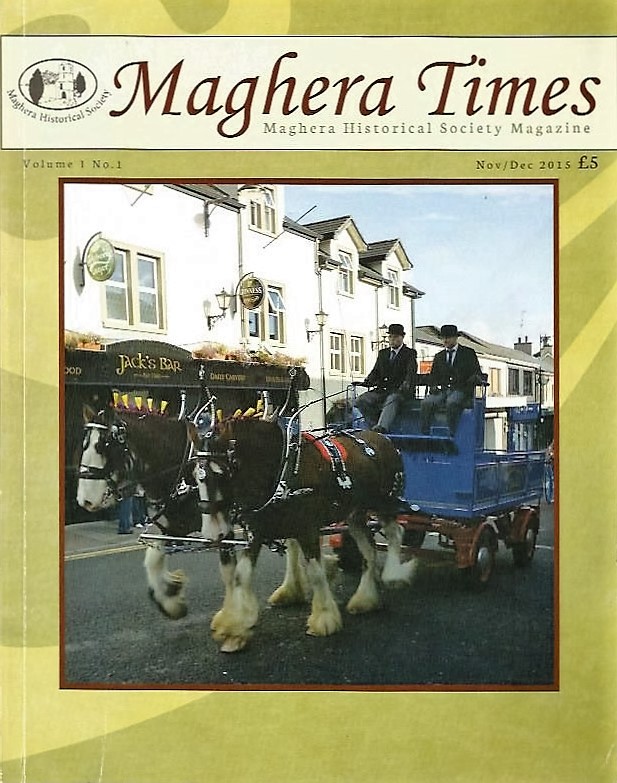MAGHERA TIMES Volume 1 No. 2 June/July 2016
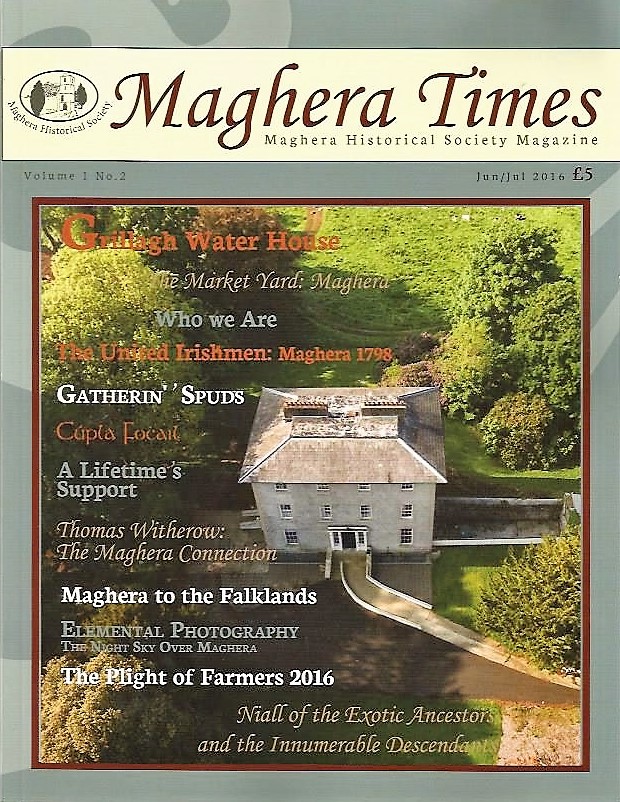
Articles featured in the magazine include:
Glenshane Pass – Past and Present, by Kevin Daly.
Dramatic Glenshane Pass has a long and chequered past going back hundreds of years to when it was a simple track over the mountains. Kevin Daly explores the legends, facts and people involved in its history.
Who We Are, by Mary Delargy.
Mary Delargy from the Linen Hall Library in Belfast gives us the background and origins of local surnames common in Maghera and its surrounding area.
Elemental Photography: Maghera and the Surrounding Countryside, by Martin McKenna
In this article Martin McKenna describes his passionate interest in observing and studying the night sky and also in recording extreme weather events. Here he gives us stunning photographs of the skies over Maghera with explanations of the dramatic phenomena illustrated.
Maghera to the Falkland Islands, by John Burns.
In the 1960s Burns & Co. Estate Agents were appointed by the Falkland Island Trading Co. Ltd. to offer employment to Maghera men on the other side of the world. John Burns includes in his article the original prospectus prepared at the time describing the terms and conditions offered.
Niall of the Exotic Ancestors and the Innumerable Descendants, by Ita Marquess
Professor Dan Bradley, from Maghera, through his work on genome analysis has thrown new light on our early Irish ancestors and their origins. In this interesting and well-researched description of his findings Ita Marquess links us with our distant past.
Nottingham Forrest, by Benny Daly
Ever since he watched Nottingham Forest win the FA cup in 1959, Maghera man Benny Daly has been a loyal supporter of the club – even receiving the great Brian Clough’s personal badge as a gift when Forest visited Northern Ireland.
Grillagh Water House, by Maeve O’Neill
Patrick Bradley has designed and built this spectacular award-winning house just outside Maghera. The house was featured in the Chanel 4 programme Grand Designs with Kevin McCloud.
Gatherin’ Spuds, by Kenneth Murray
In the 1950s farming was much more labour intensive. Kenneth describes how school children were employed on local farms during ‘the potato gathering holidays’ in October every year, remembering the work involved and the pride in earning real money.
Thomas Witherow 1824- 90; The Maghera Connection, by Peter Etherson
Professor Thomas Witherow was a highly respected minister to the Presbyterian Congregation in Maghera who went on to become a renowned author, a professor at Magee College and a senator of the Royal University of Ireland. Peter Etherson focuses on his early years and his links with Maghera.
The Plight of Farmers 2016, by Charlie Convery
The practice of farming is undergoing enormous changes at the moment with many young farmers trying to hold down a job while still keeping the family farm going. Charlie Convery compares this situation with the way farms were run in the recent past.
Cúpla Focail, by Séan O’Neill
Séan O’Neill looks at the influence Irish words have had on the language we use every day. He examines too, the connections between the Irish language and the emergence of American slang dating back to the late 19thand early 20th century. These links being due to the number of people who emigrated from here to the U.S.A. during that time
Maghera and the United Irishmen, Part II, by Joseph McCoy
Following on his article in issue 1 of Maghera Times, Joseph McCoy examines the aftermath of the 1798 rebellion in Maghera. He tells us what became of the principal people involved in the events of that troubled year and the legacy it left in the town.
The Market Yard: A Lost Way of Life, by Brendan Convery
With: Jackie Jones, Teresa Logue and Mary McKenna.
Inspired by an old photograph showing residents of the Market Yard over 60 years ago, Brendan Convery has pieced together memories and stories of this close-knit community.
The Beginnings of the Market Yard, by Brendan Convery and Maeve O’Neill
Using information from the Public Records Office Northern Ireland, Griffith’s Valuation and the early Census Returns a picture was put together of the beginnings of the Market Yard and the early residents of, what was then known as, ‘Wilson’s Square’.
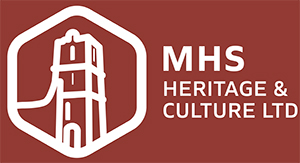
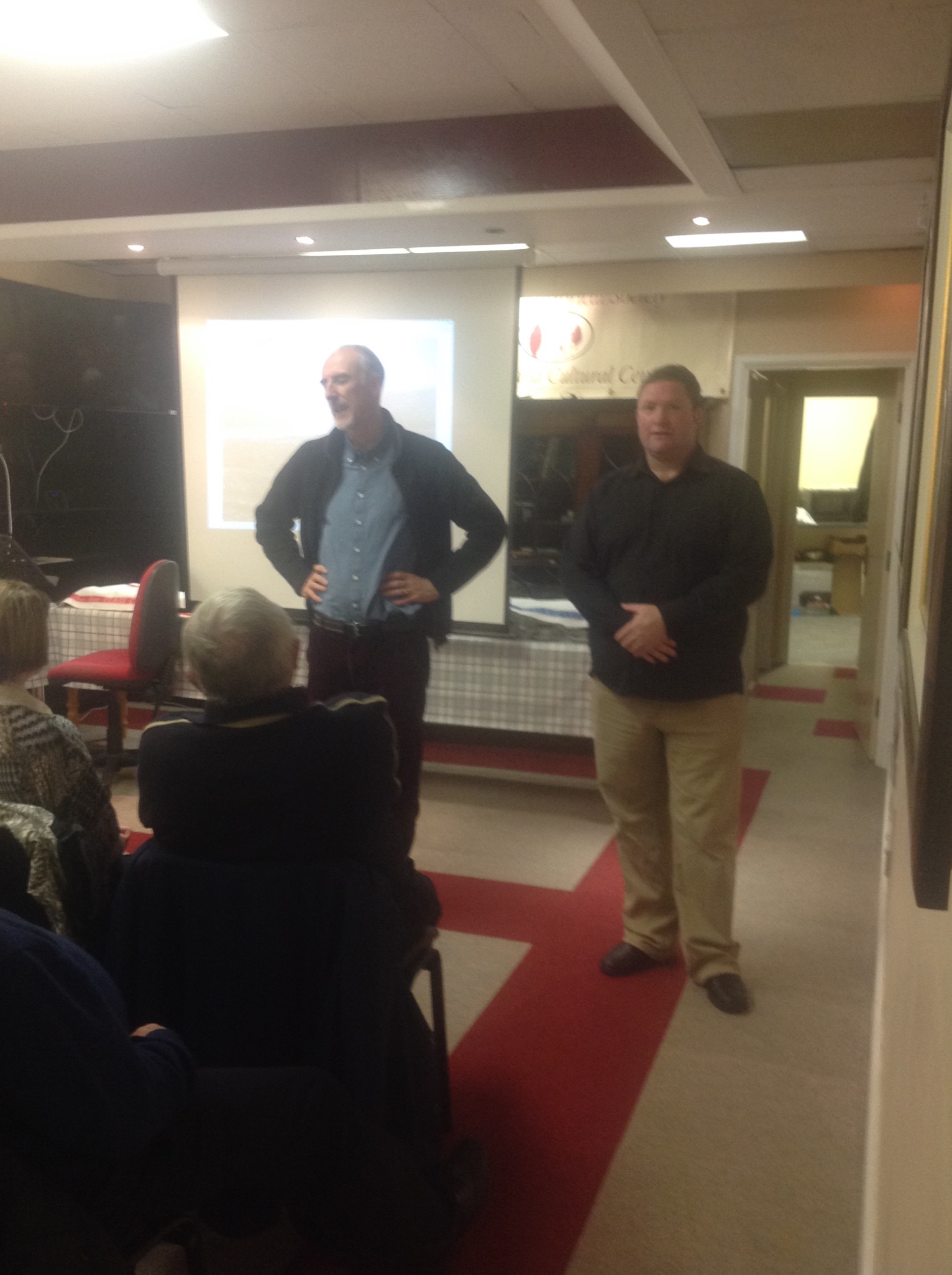
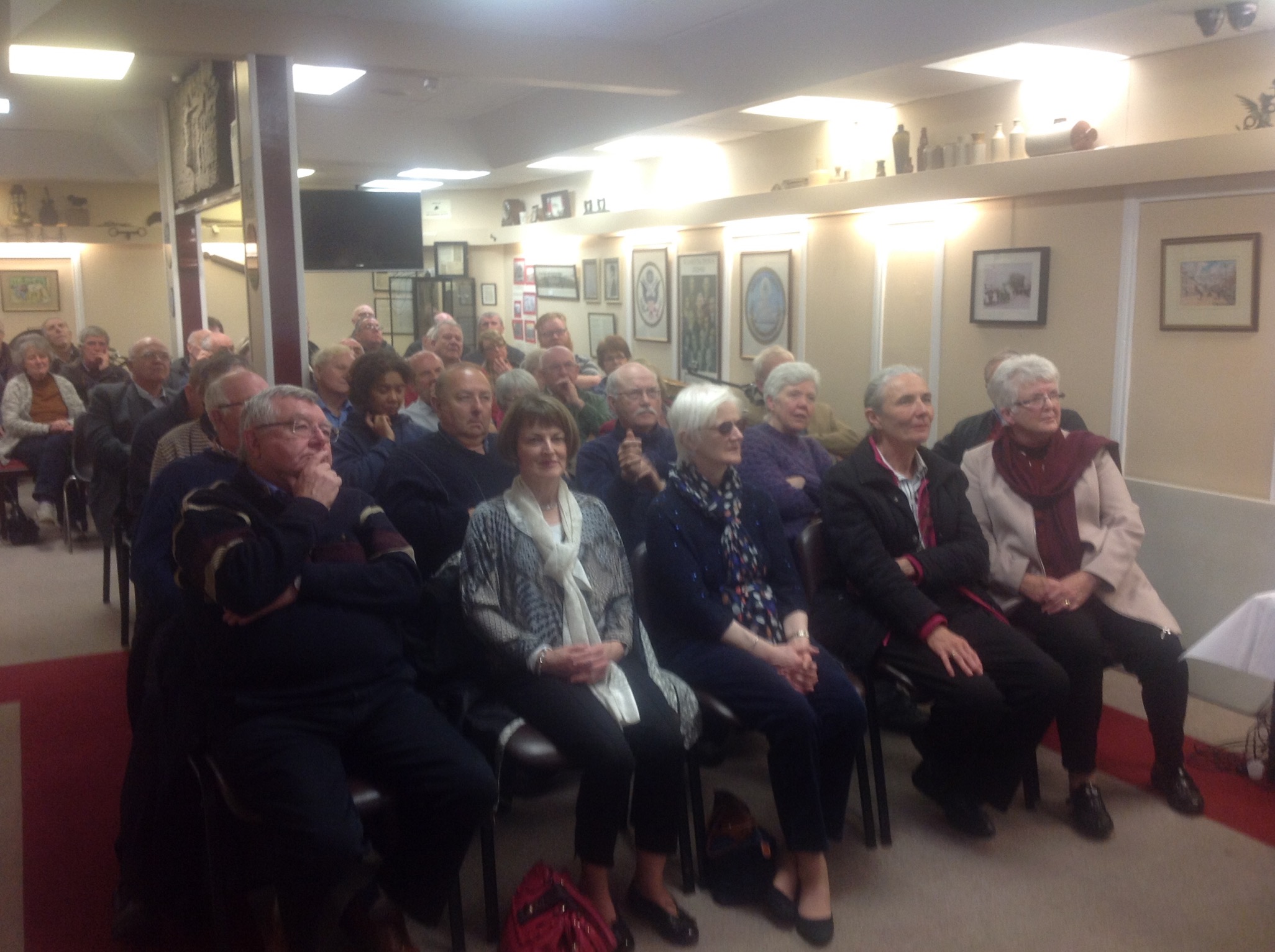
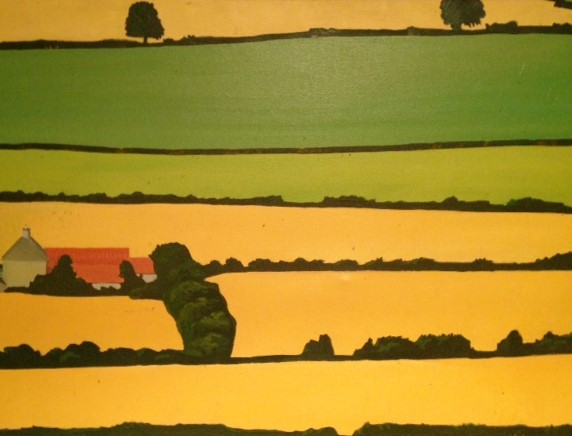 This heritage and community initiative has evolved as part of our initiative Maghera Roots. As part of that project we have identified six farmers from the Maghera area, all of whom are willing to participate in sharing with us their stories of how they remember the farming practices carried on in the mid 1900s. A key element of the project is to identify and record each farm as they remember it, the location, field sizes and the specific field name.
This heritage and community initiative has evolved as part of our initiative Maghera Roots. As part of that project we have identified six farmers from the Maghera area, all of whom are willing to participate in sharing with us their stories of how they remember the farming practices carried on in the mid 1900s. A key element of the project is to identify and record each farm as they remember it, the location, field sizes and the specific field name.